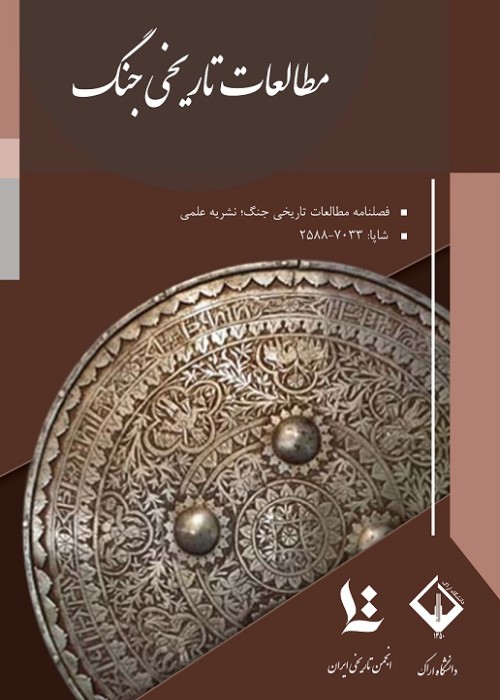Ottoman and Safavid Conflicts in Guilan
Until the rise of the Safavids, Guilan enjoyed relative independence and was governed by local governments. Guilan's local rulers had political and economic relations with governments outside Guilan, especially the Safavids and the Ottomans. Guilan's local governments, especially the Karkiya dynasty, played an important role in the rising to power of the Safavids, so the Safavids were initially tolerant of them. However, after the transfer of the Safavid capital to Qazvin, their political independence, especially their relations with the Ottomans, was not bearable by the Safavids, so Guilan became one of the areas of conflict between the Ottomans and the Safavids. The main question of the present article concerns the why and the how of the conflicts between Ottoman and Safavid governments over Guilan. By examining historical sources and analyzing them, the findings show that the Ottomans and the Safavids were competing for religious dominance in Guilan and dominating economic resources, especially the silk industry and its international trade route until finally with the conquest of Guilan by Shāh Abbās, most people of Guilan inclined to the Twelve Shi'ites, and the economic and commercial interests of Guilan were entirely placed at the disposal of the Safavids.
- حق عضویت دریافتی صرف حمایت از نشریات عضو و نگهداری، تکمیل و توسعه مگیران میشود.
- پرداخت حق اشتراک و دانلود مقالات اجازه بازنشر آن در سایر رسانههای چاپی و دیجیتال را به کاربر نمیدهد.





